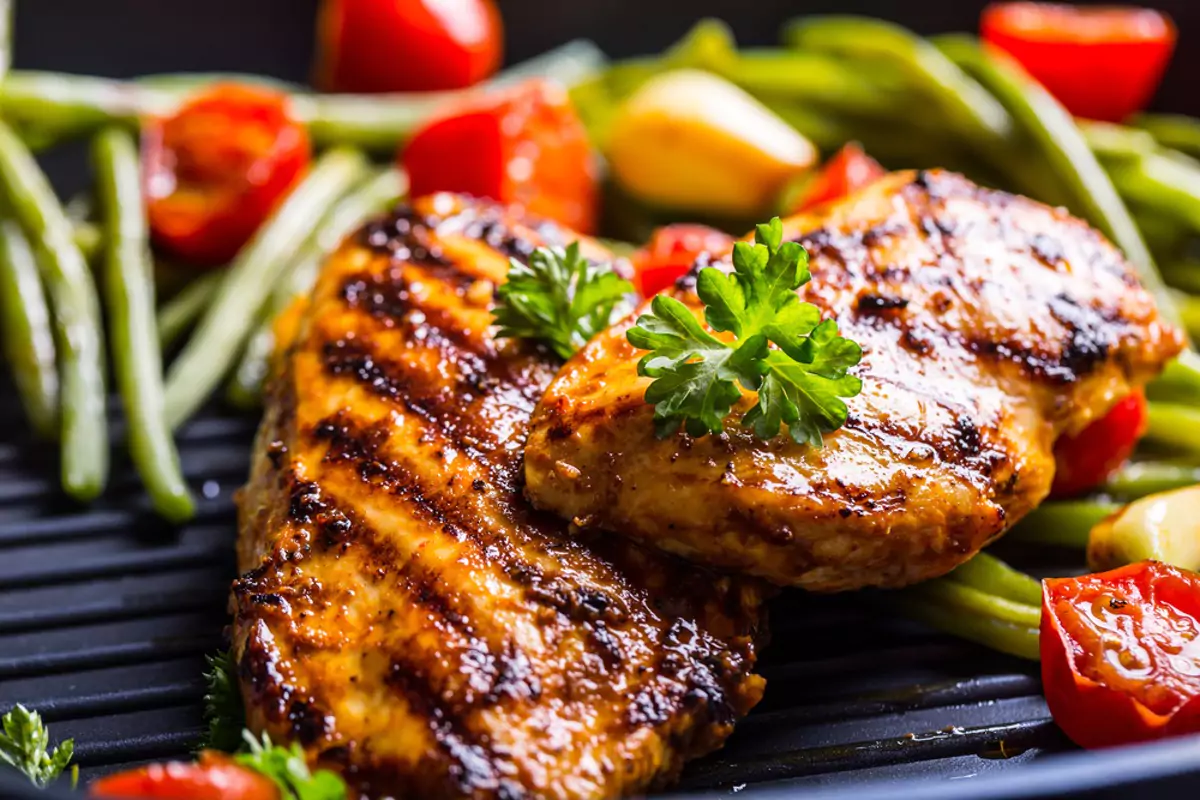Chicken breast is a popular choice for health-conscious individuals seeking a lean protein source. But how many calories are packed into an 8-ounce serving of this versatile meat? Let’s dive into the nutritional details and explore the benefits of including chicken breast in your diet.
The Nutritional Value of Chicken Breast
Chicken breast is a popular lean protein source for many reasons. Let’s explore its nutritional value, cooking methods, and how it can be beneficial for weight loss.
Benefits of Chicken Breast:
- High in Protein: Chicken breast is a great source of protein, essential for building and maintaining muscle mass.
- Low in Fat: Skinless chicken breast is naturally low in fat, making it a heart-healthy choice.
- Versatile Ingredient: Chicken breast is incredibly versatile and can be cooked in various ways to suit your taste.
Different Methods of Cooking Chicken Breast:
- Baking: Baking chicken breast locks in moisture and results in a tender texture.
- Grilling: Grilling chicken breast creates a flavorful and slightly crispy exterior.
- Poaching: Poaching chicken breast is a gentle cooking method that keeps it very moist and low in fat.
- Sautéing: Sautéing chicken breast is a quick and easy way to cook it, perfect for busy weeknights.
How Many Calories Are in 8 oz of Chicken Breast?
The exact calorie count of an 8-ounce chicken breast depends on two factors:
- Skin: Skin-on chicken breast adds significant calories. The skin itself can contain around 50-70 calories per ounce.
- Cooking Method: Some cooking methods add fat or calories. For example, frying chicken breast adds calories from the oil.
Here’s a breakdown of calories for different types of 8-ounce chicken breast:
- Boneless, Skinless Chicken Breast (Raw): Around 240 calories
- Boneless, Skinless Chicken Breast (Cooked): 220-260 calories (depending on cooking method)
- Bone-In, Skin-On Chicken Breast (Raw): Around 350 calories
- Bone-In, Skin-On Chicken Breast (Cooked): 300-400 calories (depending on cooking method)
Tips for Eating Chicken Breast for Weight Loss
Chicken breast can be a valuable tool for weight loss when incorporated into a healthy diet plan. Here are some tips:
- Pair with Low-Calorie Sides: Combine chicken breast with vegetables, whole grains, or legumes for a balanced and filling meal.
- Control Portions: Even though chicken breast is low in calories, portion control is still important. An 8-ounce serving is a good general guideline.
- Limit Added Fats: Avoid adding high-calorie sauces, breading, or excessive oil when cooking chicken breast.
Conclusion
Chicken breast is a nutritious and versatile protein source that can be a great addition to your diet. By understanding the calorie content and choosing healthy cooking methods, you can enjoy chicken breast as part of a balanced weight loss plan.



